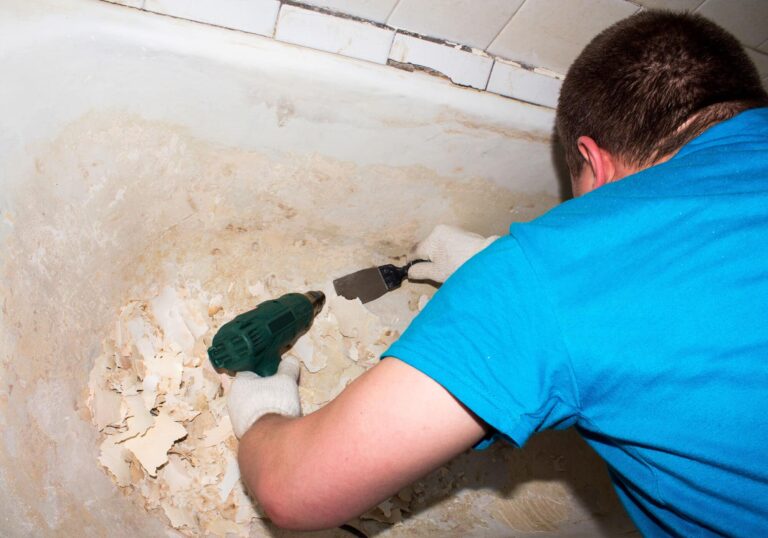If any of the ceilings or walls in your house get wet then you must act immediately to prevent further damage. If there is a sudden burst in your pipes or if any appliance gets flooded with water then you must act quickly to prevent further damage otherwise, it can cause serious problems later on. We all know that small leakage can lead to something very dangerous so do not wait, just call us right away and we will be at your convenience within no time.

Flooding in your home can be a very stressful situation indeed, especially if you have just moved into a new place. If the water damage is not too severe and is still within manageable levels it might be possible to solve the problem yourself. You should however note that extensive water damage needs a professional who knows how to extract all wet materials effectively to avoid any problems in the future such as bad smells or mold growth. In most cases, major flooding is caused by a burst pipe and in this case, there are three key things you need to do immediately after shutting off the main water supply. These include:
– Turning off electricity or turning off the power from the fuse box/ circuit breaker box
– Extracting excess water from flooded premises using electric pumps or wet/dry vacuums
– Cleaning up the area with paper towels and absorbent sponges to soak up excessive water. Note that it is important not to use clothes in this step because they are not effective in picking up moisture.
– Ceiling, walls and floor should be thoroughly dried using a drying agent such as baking soda or calcium chloride. In the case of the ceiling, you need to use fans to help dry off quickly.
– Furniture that has not completely got wet should be moved to a safe place if possible.
– It is also crucial to turn on the main water supply and check for leaks. Note that if there are still signs of leaking, you will need help from ASAP Restoration company.
– Once all this has been done, it is important to dry out your home to prevent permanent damage. You can do this by turning on ceiling fans throughout the house or using dehumidifiers to extract excess moisture from flooded areas. You should note that any furniture or wooden structures in your home should be dried with care to avoid cracking laminated surfaces.
It is very important not to walk on wet carpets after extracting all excess water because they could be very slippery and cause accidents especially if there are kids at home.
Yes, scientific methods are being employed by experts to restore your damaged items to their pre-loss condition. The steps involved in each of these methods include:
1. Assessment – It is the process by which the severity and type of damage are evaluated along with its estimated cost and time required to complete the procedure
2. Water Extraction – Involves removing the excess water from the item using dehumidifiers, removal pumps, etc.
3. Drying Out/Drying off – This step involves increasing the ambient temperature inside while keeping all windows and doors closed so that more moisture gets evaporated
4. Air Scrubbing – Sometimes heavily contaminated air may spread contaminants which can lead to health hazards. In such cases, air scrubbers are used for intake of this contaminated air and then emitted back into the atmosphere
5. Deodorization – After all the water has been extracted from your home or office, a deodorant is used to decrease the odor caused by mold and mildew
6. Pest Control Services – If there were any pest problems related to the restoration process, professionals take care of it
7. Identification of Rot / Molds – By taking tiny samples from different locations one can find which areas have been affected by rot and mold
8. Drying Techniques – Sometimes items which could not be dried using usual methods like drying out/drying off etc, could be dried using specially designed machines that create low pressure and low-temperature environment around which dry almost all types of materials.
9. Adhesive Identification – This step includes identifying how much adhesive is present in the item while wet or dry
10. Inspection – After everything has been dried, an inspection is carried out to see if any areas have become weak
11. Repair / Replacement – In some cases, repairing could be done, but mostly replacement is required
12. Repackaging services – This step involves properly packing the items so that it is safe from further damage while being shipped to their destination
13. Documentation Services – Every step of the process has to be documented with pictures and videos
14. Remodeling Services – In some cases, if there was severe water damage more than just drying off, then parts of the home have to be remodeled
15. Insurance Claim Services – Most insurance companies require a written and photographic document for processing any claim related to water damage restoration, mold removal, and other similar losses

